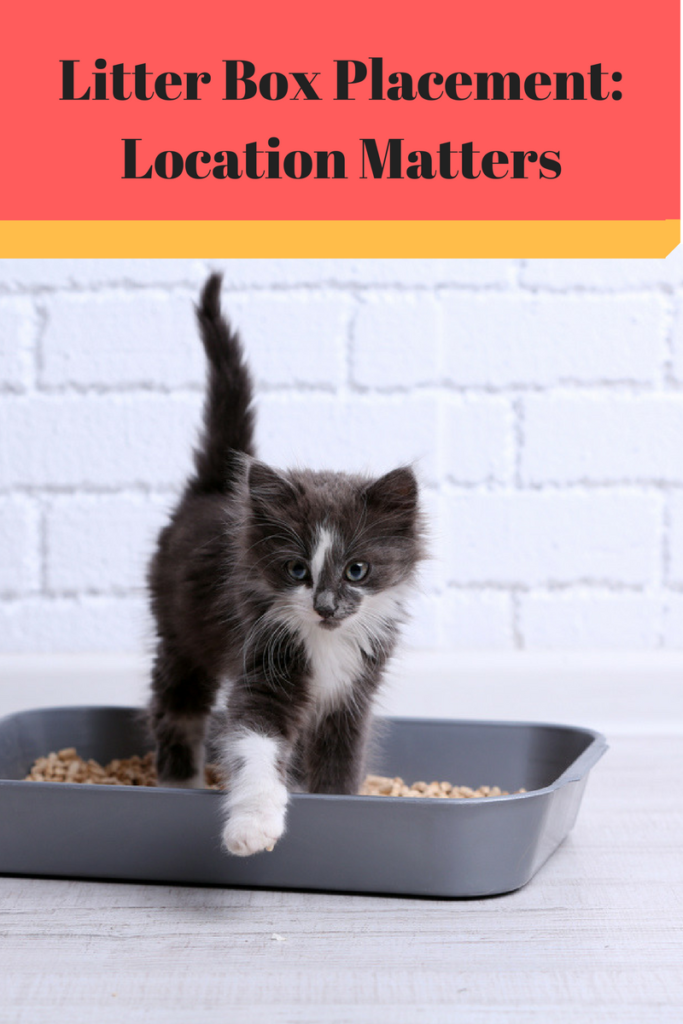When my son and his college roommates were taking care of a friend’s cat, the litter box ended up in a bathtub in their home. Not surprisingly, this did not work out very well. What are the best practices to follow for litter box placement?
According to animalplanet.com, a litter box should be located where the cat can access it easily and safely. Cats are inclined to eliminate their waste by pawing through a sand-like substance in a private location.
Common Reasons Cats Avoid Litter Box
A cat may not use a litter box for a variety of reasons:
- Not in a private and safe location. We like to use the restroom in private, our cats do as well. Cats will avoid a litter box located in a noisy or busy part of the house.
- Many cats are very particular about litter. Using a litter your cat doesn’t like will cause him to avoid using the litter box
- Not enough litter boxes. A common rule of thumb is one additional litter box for number of cats in the house. For example, a household with two cats should ideally have 3 litter boxes.
- Litter box isn’t clean enough. Cats can be very particular about the cleanliness of the litter box. They will often eliminate beside the box to communicate their displeasure.
- Wrong type of litter box. Some cats don’t like the hooded litter boxes. It may be too confining, and hold in litter box odor.
Litter Box Placement: Do’s And Don’ts
The location of a litter box is key to successful litter box training! Best litter box placement is a clean and quiet corner in a family room or nook in a spare bedroom.
Because cats fear being ambushed, do not place a litter box in areas that make your cat feel trapped, such as closed end hallways or closets. If you have multiple cats, a dominate feline may assume control over the litter box(es).
While it may seem like a good idea to place a litter box in a laundry room, the noise of the washer and dryer can frighten a cat.
Additionally, with a heightened sensitivity to smells, cats don’t want to use a litter box placed near their food and water bowls.
Training A Kitten
When bringing a new kitten into your home, keep him/her in a small space hear where you intend to put the litter box. This will allow your cat to be comfortable with his/her surroundings.
Do not put the litter box in a place where your cat will have to climb stairs, this will make it harder to access the box.
When considering litter box placement, locate one on each floor in your home. This will ensure one is always readily accessible. Because cats enjoy consistency, keep the litter boxes in the same location.
When the new cat is ready to venture further out into the home, allow him/her to make his/her own path to the litter box. Your cat can determine his/her own route to and from the litter box and build confidence each time.
Update on the college boys’ cat: Back with his rightful owner and the litter box situation has been resolved.







